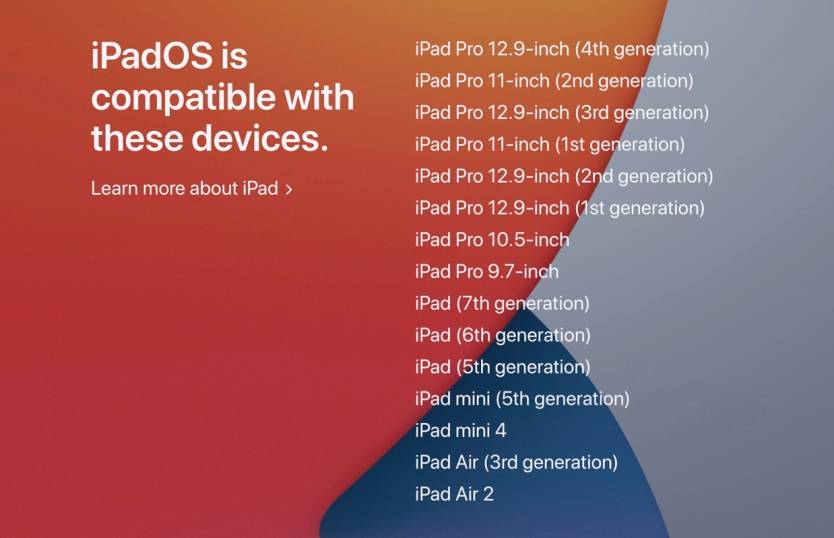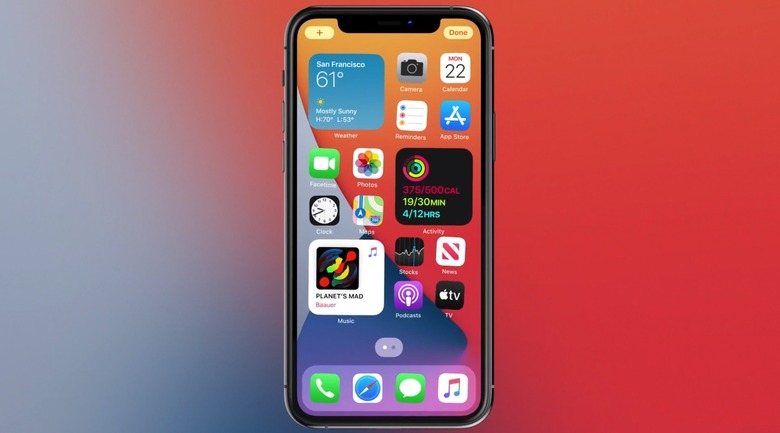iOS 14 Reminds Us Yet Again How Much Better iPhones Are Than Android
- iOS 14 beta downloads are already available to developers, with the first public beta confirmed for July. Similarly, iPadOS 14 is available in early release version.
- Both operating systems are compatible with the same devices that support iOS 13 and iPadOS 13.
- Old iPhones and iPads, including iPhone 6s and iPad Air 2 will be able to run iOS 14 betas and the final software releases.
Apple on Monday unveiled iOS 14 and iPadOS 14, the next-gen operating system for the iPhone and iPad. Both devices practically run the same operating system, as it's always been the case for Apple's phones and tablets. But Apple decoupled iPadOS from iOS last year to highlight the growing number of tablet-specific features created for the bigger screen. This will continue for the foreseeable future, that's why we have iOS 14 and iPadOS 14 out in developer preview. Apple demoed the main features of both operating systems during the main WWDC 2020 keynote, announcing that the public beta will be released next month, as usual. The good news is that iOS 14 and iPadOS 14 will work on the same devices as their predecessors.
iOS 14 is compatible with any iPhone launched in 2015 or later. That means the iPhone 6s and iPhone 6s Plus will still run the new operating system, as well as all the iPhones that Apple launched since then, as seen in the following image. The 7th-gen iPod touch is also supported. This is a huge win for Apple, as it can continue to support millions of iPhones that will soon celebrate their sixth anniversary. That's something Google can't even offer its Pixels, let alone other Android handsets.

The official list of iPhone models that can run iOS 14.
The same goes for iPadOS 14. The new release will support precisely the same devices that can run iOS 13, including the older iPad Air 2 (2014), iPad mini 4 (2015), and 5th-generation iPad (2017).
As with previous releases, some of the older devices might not be able to support the newest features in iOS that were developed with more modern devices in mind. Overall, the iOS 14 experience will be consistent across iPhone and iPad.

The official list of iPad models that can run iPadOS 14.
Whether it's iPhone or iPad, iOS 14 brings a few significant design changes compared to previous releases. The operating system now supports widgets on Home Screens, as well as a scrollable list of apps at the end of Home Screens that organizes and categorizes apps.
Apple also made several changes to user interface elements to make them more compact than before. All incoming calls will now appear at the top of the screen, just like notifications, and Siri will have a minimal presence on the bottom. Search has also be improved to look more like the search experience on Mac. It's universal search, and it features a minimal search bar.
These are just a few of the cosmetic and UI changes in iOS 14 and iPadOS 14, and they barely scratch the surface. We've already covered the most important ones over here. iOS 14 and iPadOS 14 are available to download right away in beta form if you have a developer account. Otherwise, you'll have to wait for the public betas to roll out in July.
Android users can test Android 11 beta on Pixel phones and a few other supported devices, but the list is a lot more limited.
